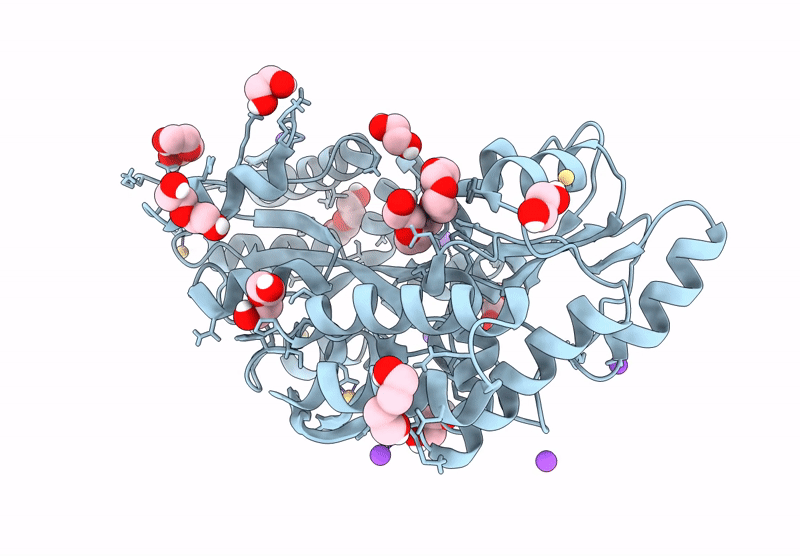
Deposition Date
2024-07-10
Release Date
2024-12-18
Last Version Date
2025-03-19
Entry Detail
PDB ID:
9CLD
Keywords:
Title:
Crystal structure of maltose binding protein (Apo)
Biological Source:
Source Organism:
Escherichia coli (Taxon ID: 562)
Host Organism:
Method Details:
Experimental Method:
Resolution:
1.58 Å
R-Value Free:
0.17
R-Value Work:
0.15
R-Value Observed:
0.15
Space Group:
P 1 21 1


